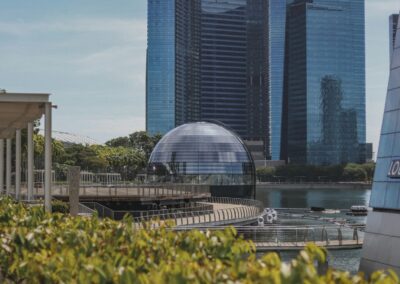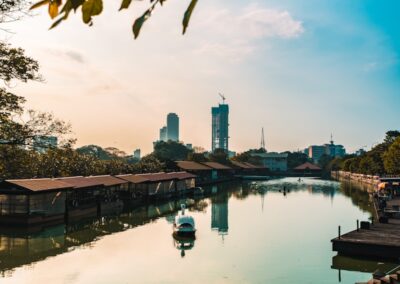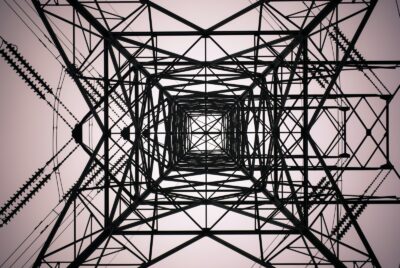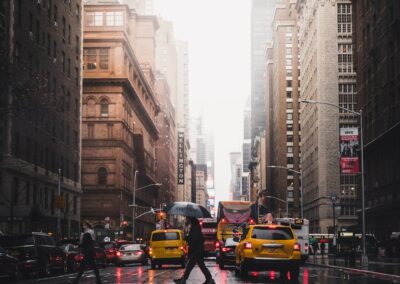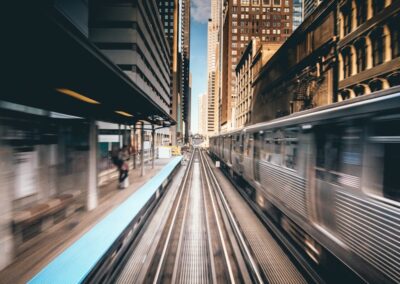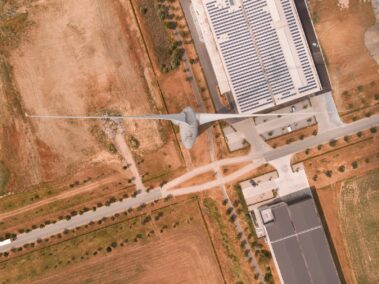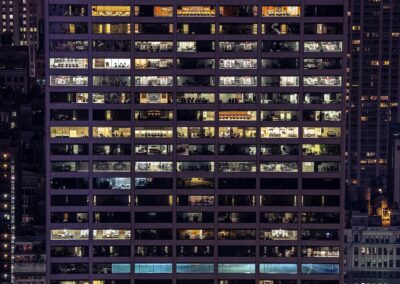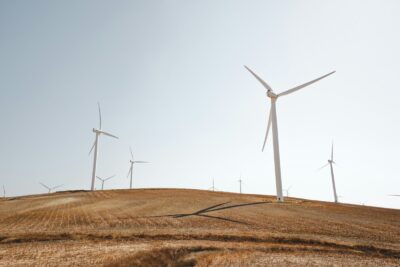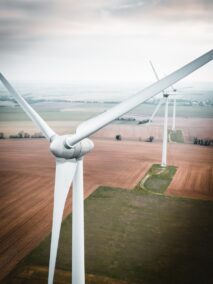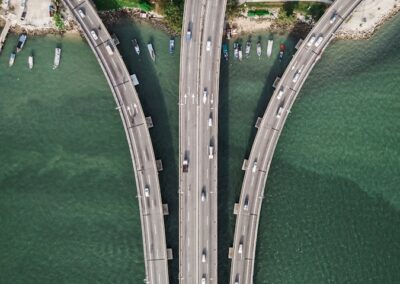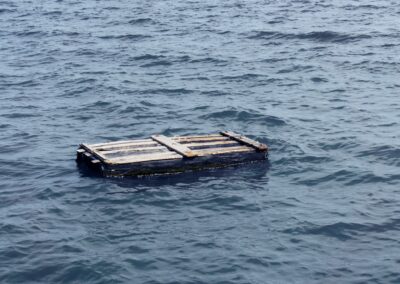Integrating Renewable Energy for Sustainable Floating Cities
Harnessing Solar Power
The integration of renewable energy in floating cities becomes imperative. As urban areas like Riyadh, Dubai, and others in Saudi Arabia and the UAE explore the concept of floating cities. Solar power is one of the most viable renewable energy options for floating urban developments.
Solar panels can be installed on the rooftops of buildings and floating platforms, maximizing the use of available space and capturing abundant sunlight. These solar arrays convert sunlight into electricity, reducing the dependence on fossil fuels and lowering greenhouse gas emissions. In regions with high solar irradiance, such as the Middle East, solar power offers a highly efficient and sustainable energy solution.
Additionally, advancements in solar technology, such as floating solar farms, further enhance the potential of solar energy in floating cities. These floating solar installations can be deployed on bodies of water surrounding the city, providing a significant amount of clean energy without occupying valuable land space. The integration of solar power not only supports the energy needs of floating cities but also aligns with global sustainability goals, contributing to a greener and more resilient urban future.
Utilizing Wind Energy
Wind energy is another critical component in the renewable energy mix for floating cities. The strategic placement of wind turbines on and around floating structures can harness the power of wind to generate electricity. Offshore wind farms, in particular, offer a substantial energy resource due to the consistent and strong wind patterns typically found over open waters.
Floating wind turbines, designed to operate in deeper waters, can be integrated into the urban planning of floating cities. These turbines are anchored to the seabed and connected to the floating platforms, providing a stable and continuous source of renewable energy. The use of wind energy complements solar power, ensuring a diversified and reliable energy supply that can meet the varying demands of the city.
Furthermore, the combination of solar and wind energy creates a synergistic effect, enhancing the overall energy efficiency and sustainability of floating cities. By leveraging both renewable sources, floating cities can achieve greater energy independence and resilience, reducing their vulnerability to energy price fluctuations and supply disruptions. This integrated approach to renewable energy is essential for creating sustainable urban environments on water.
Innovations in Energy Storage and Management
Effective energy storage and management systems are crucial for optimizing the use of renewable energy in floating cities. As solar and wind power are intermittent sources of energy, storing excess energy during periods of high production is vital for ensuring a consistent power supply. Advanced battery storage systems and other energy storage technologies can store surplus energy and release it when needed, balancing supply and demand.
Energy management systems, powered by smart grid technology, play a significant role in enhancing the efficiency of renewable energy use. These systems monitor energy production and consumption in real-time, optimizing the distribution of power across the city. By integrating data from various sources, including weather forecasts and energy usage patterns, smart grids can predict energy needs and adjust the flow of electricity accordingly.
In addition to storage and management, the development of energy-efficient buildings and infrastructure is essential. Implementing energy-saving technologies, such as LED lighting, efficient HVAC systems, and smart appliances, reduces overall energy consumption and maximizes the benefits of renewable energy. This holistic approach to energy management ensures that floating cities remain sustainable and resilient, capable of adapting to changing energy needs and environmental conditions.
Urban Planning Strategies for Sustainable Floating Cities
Designing Eco-Friendly Infrastructure
The successful integration of renewable energy in floating cities begins with thoughtful urban planning and design. Eco-friendly infrastructure is a cornerstone of sustainable floating cities, incorporating renewable energy systems and sustainable building practices from the outset. Planners and architects must consider the unique environmental conditions of water-based cities, designing structures that are both resilient and energy-efficient.
One approach is to design modular floating platforms that can be easily reconfigured and expanded as needed. These platforms can host a variety of functions, from residential and commercial spaces to renewable energy installations. The modular design allows for flexibility in urban planning, enabling the city to adapt to changing demands and technological advancements.
Incorporating green spaces and water features into the design of floating cities enhances their environmental sustainability. Green roofs, vertical gardens, and floating parks not only improve air quality and biodiversity but also contribute to energy efficiency by providing natural insulation and reducing the urban heat island effect. These eco-friendly features create a harmonious balance between urban development and the natural environment, promoting a high quality of life for residents.
Engaging Stakeholders in Sustainable Development
Achieving sustainability in floating cities requires the active engagement of various stakeholders, including government authorities, private developers, and the local community. Collaboration and cooperation are essential for developing comprehensive urban planning strategies that prioritize renewable energy and sustainability.
Governments can play a pivotal role by implementing policies and regulations that support renewable energy adoption and sustainable urban development. Incentives such as tax credits, grants, and subsidies can encourage developers to invest in renewable energy infrastructure and sustainable building practices. Additionally, public-private partnerships can facilitate the funding and implementation of large-scale renewable energy projects, ensuring that floating cities have access to the necessary resources and expertise.
Community involvement is also crucial for the success of sustainable floating cities. Residents must be educated about the benefits of renewable energy and encouraged to adopt sustainable behaviors. Community engagement initiatives, such as public consultations and participatory planning processes, can foster a sense of ownership and responsibility among residents, ensuring that sustainability efforts are supported and maintained over the long term.
Monitoring and Adapting to Environmental Changes
Sustainability in floating cities is an ongoing process that requires continuous monitoring and adaptation. Environmental changes, such as sea-level rise and extreme weather events, pose significant challenges to floating urban developments. To address these challenges, floating cities must be equipped with advanced monitoring systems that track environmental conditions and provide real-time data for decision-making.
Adaptive urban planning strategies are essential for ensuring the resilience of floating cities. This includes designing flexible infrastructure that can be modified or upgraded in response to environmental changes. For example, floating platforms can be adjusted to accommodate rising sea levels, and renewable energy systems can be scaled up or down based on energy demand and supply.
Regular assessments and evaluations of sustainability initiatives are necessary to identify areas for improvement and ensure that floating cities remain on track to achieve their sustainability goals. By embracing a proactive and adaptive approach to urban planning, floating cities can thrive in the face of environmental challenges and serve as models for sustainable urban development worldwide.
Conclusion
In conclusion, renewable energy plays a pivotal role in achieving sustainability in floating cities. By harnessing solar and wind power, implementing advanced energy storage and management systems, and designing eco-friendly infrastructure, floating cities can reduce their environmental impact and enhance their resilience. Business executives, mid-level managers, and entrepreneurs in Saudi Arabia, the UAE, Riyadh, and Dubai must embrace these strategies to create sustainable and innovative urban environments on water. This forward-thinking approach not only addresses the challenges of urbanization and climate change but also paves the way for a sustainable and prosperous future.
—
#renewableenergy #floatingcities #sustainability #urbanplanning #moderntechnology #SaudiArabia #UAE #Riyadh #Dubai



